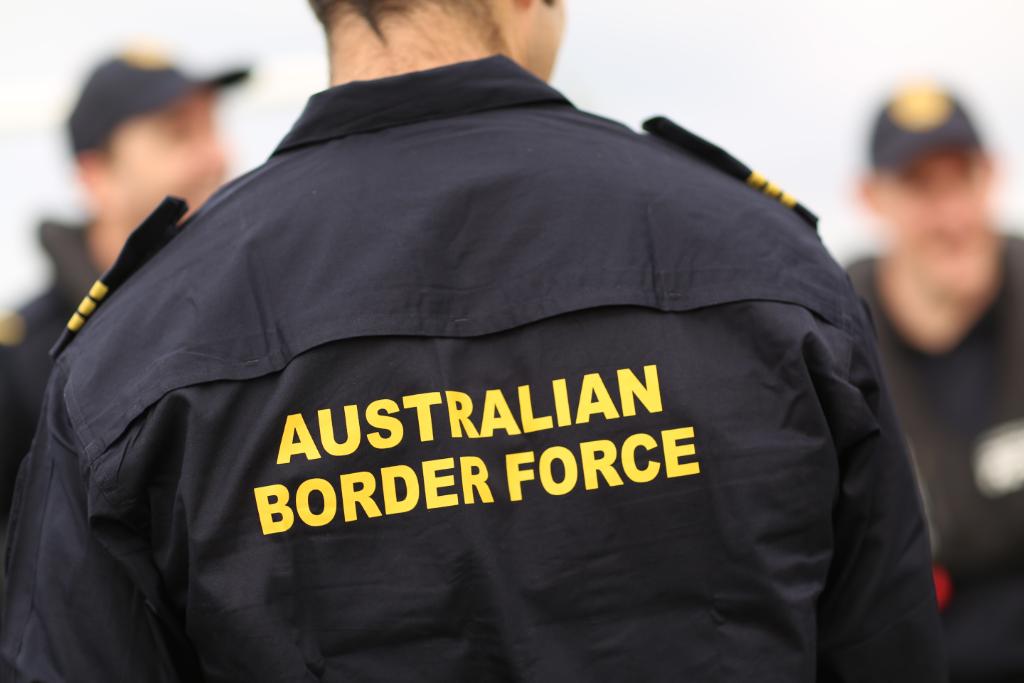Victoria’s second wave of COVID-19 infections in August affected Australians’ mental health nationwide but people’s social-distancing behaviours reduced, according to a new survey.
Nearly 63 percent of people said they felt anxious or worried about the coronavirus, compared to 57 percent in the previous poll by the Australian National University (ANU) in May.
However, there was a notable drop in the number of people who said they avoided crowded, public places.
“We found there has been a significant decrease in people following physical-distancing requirements compared to earlier in the year,” co-author Professor Matthew Gray said.
Out of more than 3,000 people questioned, 72 percent reported that in the seven days preceding the August survey they always or mostly avoided crowded places, down from 94 percent in April – the first of the ANU’s polls about COVID-19 behaviours, undertaken during the initial peak of infections.
Nearly 56 percent said they always or mostly avoided public places, down from 86.5 percent in April.
The number of people who said they always or mostly kept 1.5 metres from others dropped from 96 percent in April to 87 percent in August.
“Even more interestingly though, the change was not consistent across the population,” Professor Gray said.
“For example, declines were greatest outside of Victoria. But even in that state, there has been fewer people following the requirements since April.”
Fellow co-author Professor Nicholas Biddle said females reported the biggest increase in anxiety and worry, up to 68 percent in August from 61 percent in May – when restrictions were starting to ease across the country.
He said young Australians still had the highest rates of anxiety and worry: those aged 25-34 years increased from 63 percent in May to 69 percent in August.
“And given the circumstances in Victoria, it is unsurprising there has been a greater increase in worry and anxiety among people in that state – jumping from 59 per cent in May to 68 per cent in August,” Prof Biddle said.
While the number of females who thought they were likely to be infected by COVID-19 rose slightly to 36 percent, there was a bigger jump for males (up from 29 to 34 percent).
The study also found psychological distress, loneliness, expectations of job losses and the likelihood of infection to be higher in Victoria compared to the rest of Australia, while satisfaction with the direction of the country was lower.
By the end of August 2020, Victoria had recorded around 75 percent of Australia’s near 26,000 COVID-19 cases, and accounted for 85 percent of the nation’s death toll of almost 660 people.








